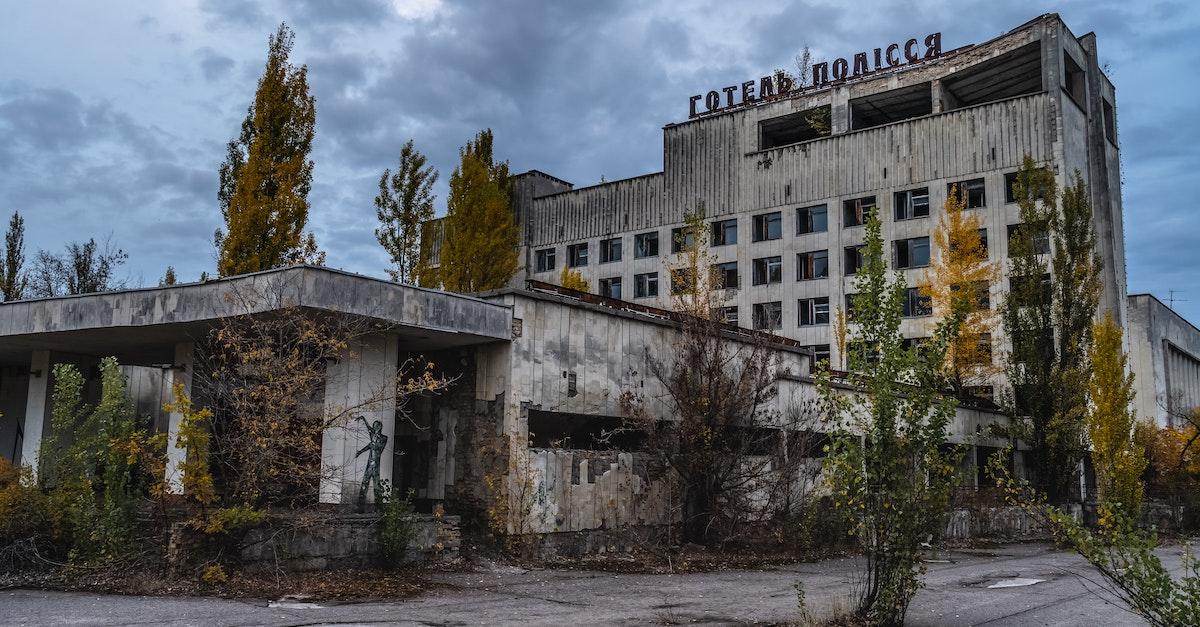Does the Chernobyl Mutant Spider Exist — or Is It Just an Urban Legend?
Published March 22 2023, 3:14 p.m. ET
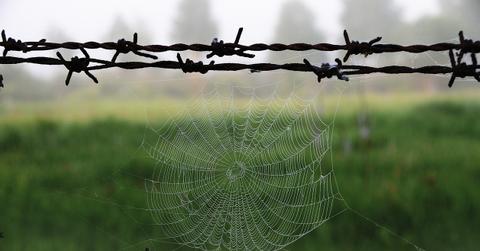
Considered the worst nuclear accident in history, the Chernobyl disaster caused significant damage to the environment and human life.
In the aftermath of the explosion, most plant and animal life in the immediate vicinity was destroyed. However, the full effects of this unprecedented level of radiation may never be known. Many wonder if the radiation mutated native insects and animals — the Chernobyl mutant spider is just one legend that could have some truth to it.
Over the years, a number of documentaries and fictionalized pieces have been produced to better understand how the disaster happened and how it affected local communities. But almost 40 years later, research is still being conducted on the site itself, to better understand what long-term radiation exposure is capable of.
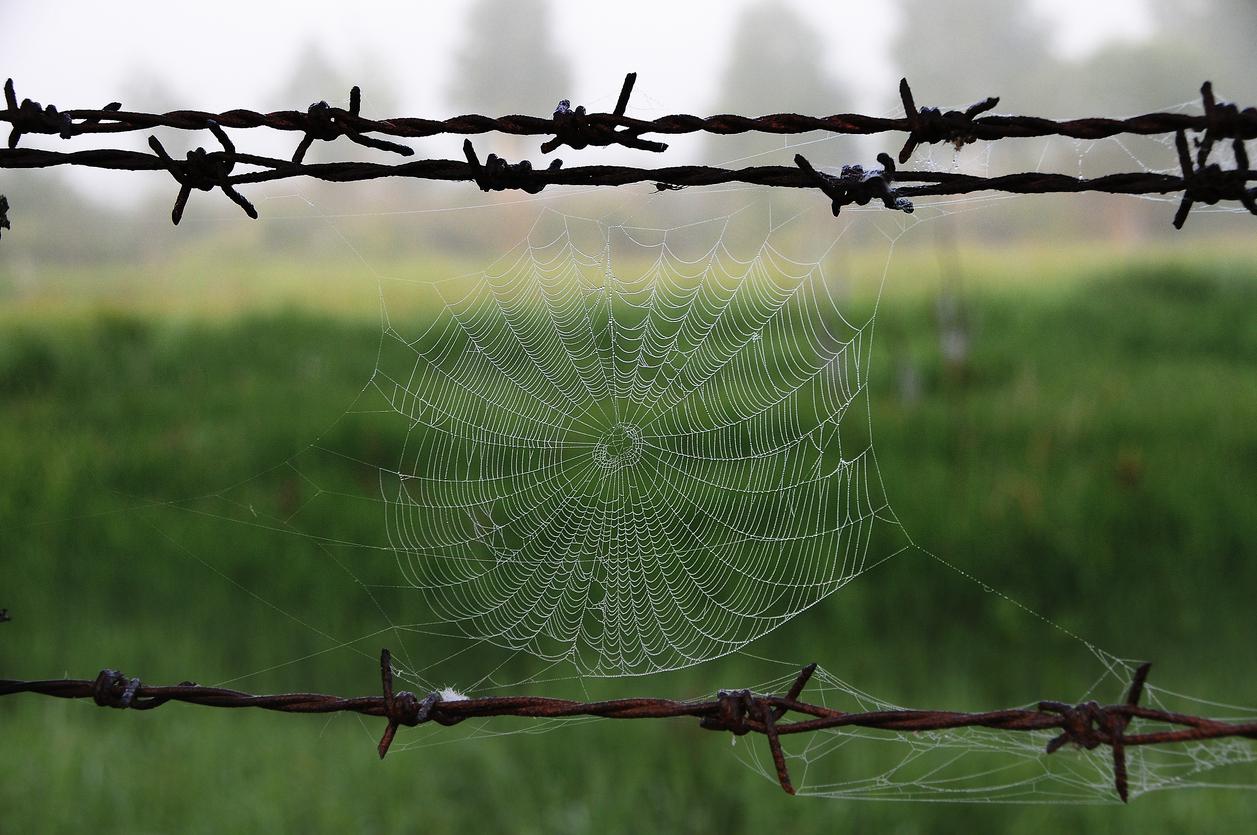
What happened at the Chernobyl disaster?
On April 28, 1986, outside the Ukrainian city of Pripyat, a power surge in the Chernobyl Nuclear Power Plant caused a nuclear explosion. As a result, two workers were killed, and 28 emergency personnel perished in the months following due to acute radiation syndrome. A 1,000-square mile exclusion zone was created around the site of the Chernobyl prohibiting unauthorized personnel from entering. Per the WHO, in the years following there were about 5,000 cancer-related deaths due to Chernobyl.
In Feb. 2022, Russian forces took control of the Chernobyl facilities, and the plant was temporarily disconnected from the power grid soon after. The International Atomic Energy Agency determined it was not an imminent safety concern, but there are some concerns about the state of the concrete structure that was put in place immediately after the disaster, to contain the radiation from unit 4.
Is Chernobyl still radioactive?
Although radiation reduces over time, Chernobyl is still radioactive and will continue to be for thousands of years. Estimates on when Chernobyl will be truly safe vary widely, with a range from 3,000 to 20,000 years, according to reports. Although living in the exclusion zone is illegal, many have now returned to their homes and more than 1,000 people live in Pripyat.
Are there mutant spiders at Chernobyl?
The myth of the Ukraine mutant spider gained traction in the 1990s when two very pale bodies were found in elevators in an apartment building in Ukraine. Allegedly, both bodies suffered tremendous blood loss and had bruised puncture wounds – but the large amount of blood loss was not found at the scene. This sparked rumors of vampires, and residents refused to use the elevators.
As the legend goes, two detectives tried to catch the perpetrator in the act. One supposedly succumbed to a giant, mutant spider in an elevator, and one "lived to tell the tale." The deaths were reported by a Turkish newspaper, and many believed the spiders resulted from the nuclear disaster. While the idea of radiation creating giant mutant spiders is a sci-fi legend, scientists are studying how insects were impacted by radioactive exposure – and they’re finding interesting results.
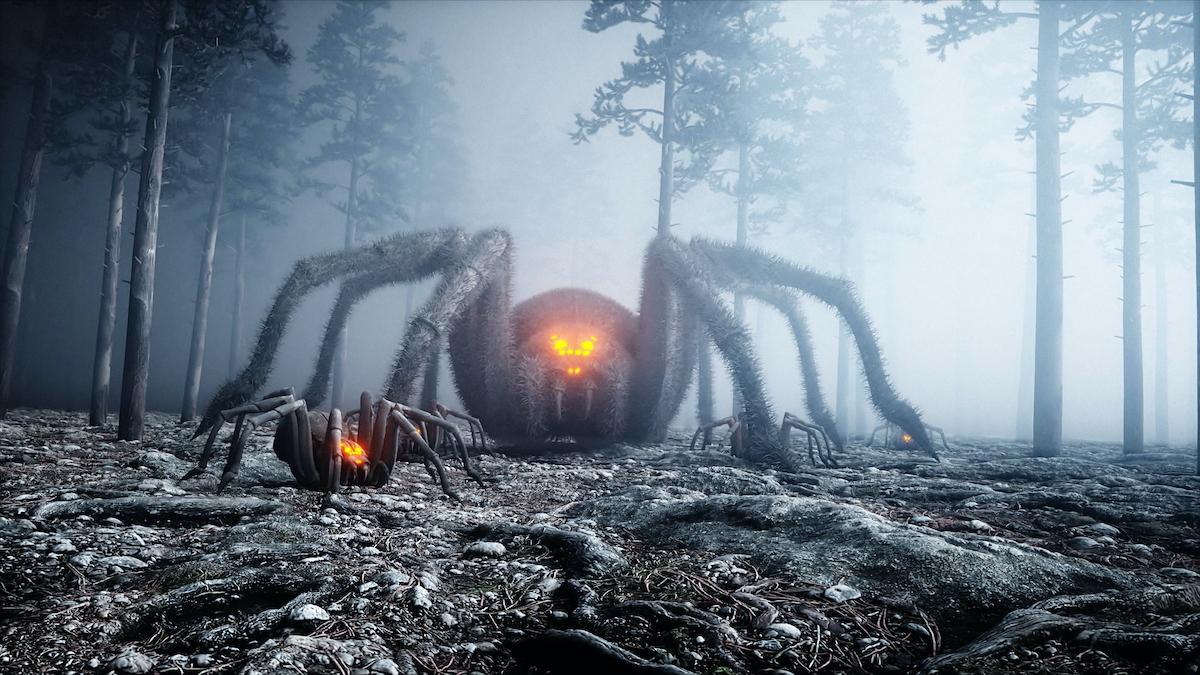
Are mutant insects, such as the mutant spider, true?
Since insects have a very short lifespan (a few years for spiders), the bugs at Chernobyl have already reproduced many, many times – long enough for mutations to develop. Firebugs, which normally have very distinct symmetrical red and black patterns, were found in the exclusion zone in areas of higher radiation with uneven, mismatched designs on their thorax.
Instead of calculated, intricate, and symmetrical patterns, the spider webs discovered in Chernobyl had very unusual, messy, and chaotic designs that researchers believe may be a direct result of a mutation within the spiders. One study also concluded that the number of invertebrates living in areas with higher levels of radiation were found to be significantly lower than those without.
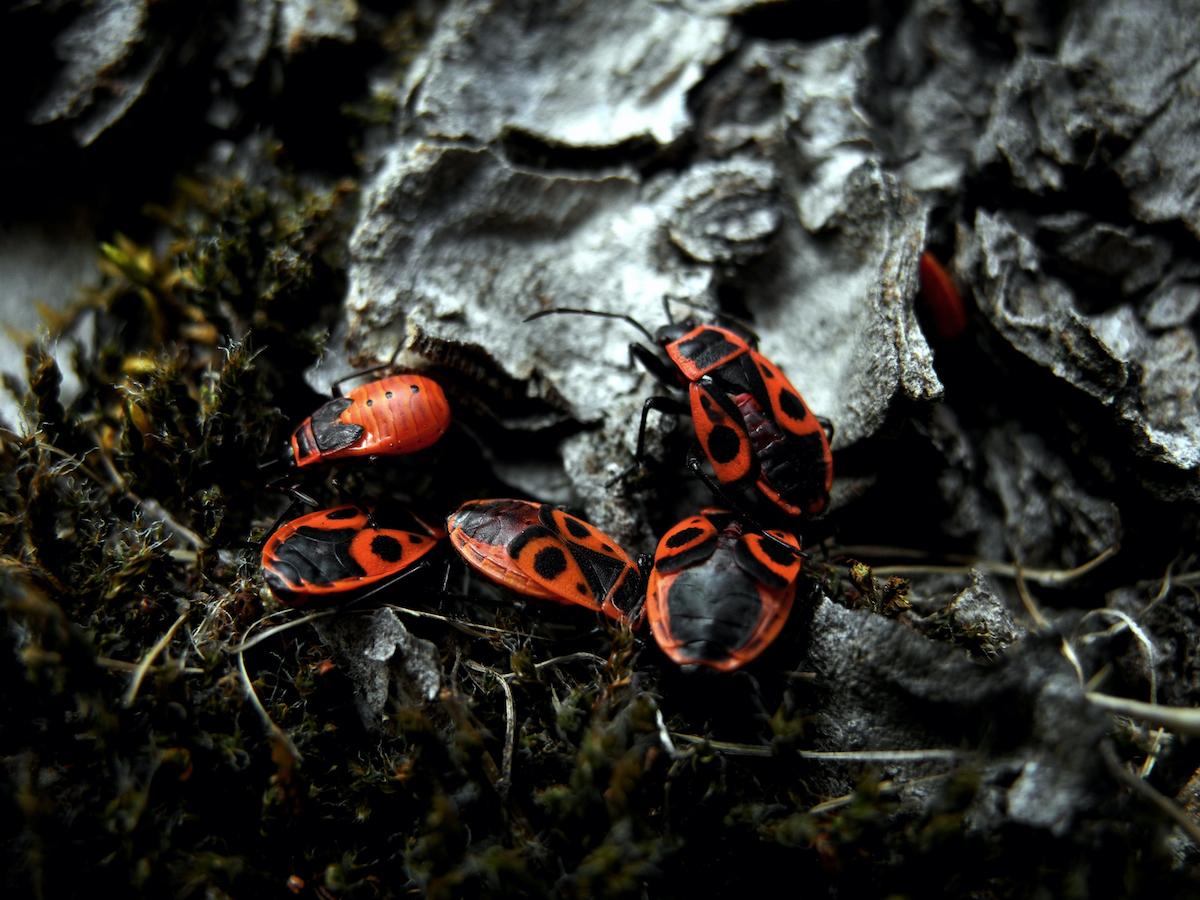
Firebugs with typical patterns
Further studies will need to be conducted to understand how radiation has affected genetic mutations on the spiders and other creatures of Chernobyl. For now, it's safe to say that giant mutant spiders are just an urban legend.
